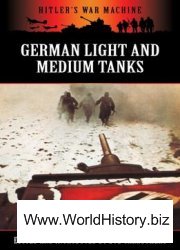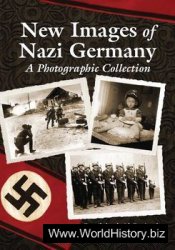Normally, all the artillery of an army would form a single Train under a Master-General of the Ordnance (Topji-Pasha in the case of the Turks) who would also be responsible for deploying them in battle. The first separate artillery units I have come across were the regiments formed in the Swedish artillery by Lennart Torstensson, Gustavus Adolphus' 27-year old artillerist; each had six companies, four of gunners, one of engineers and one of pioneers. In the English Civil War a demi-cannon (about the heaviest piece ever used in the field) had a crew of three gunners and six matrosses (gunner’s mates); a culverin two gunners and four matrosses, lighter guns down to three men. A Royalist Artillery Train had 275 carters, 200 pioneers, and 44 ‘Conductors' to 69 gunners and 88 matrosses; these would probably be fairly average proportions.
The Turks liked to mass their guns in line, often chained together and sometimes placed in reserve behind a line of cavalry to engage any enemy breaking through; tactics which proved very successful against the Persians at Chaldiran (1514) and the Hungarians at Mohacs (1526).
Among European armies guns would probably be placed to the rear of an army if suitable high ground was available, often scattered at 50 or 100 yard intervals. Concentration of guns to fire on a decisive point was unusual, probably because only the lightest had any tactical mobility, the rest having to stop in their pre-battle positions. However it did sometimes happen — for example at Cheriton in the English Civil War where the Royalists concentrated their guns to support their attack on Cheriton Wood.
Most often, throughout the period, guns were drawn up in front of the army, which seems to imply that they were expected to play their main role before the armies moved to join battle. Very light mobile guns which could accompany advancing infantry appeared by the 17th Century; they are usually attributed to Gustavus Adolphus, but I think that some of the very light guns employed earlier must have been used in a similar way. Other armies, including the Round-heads and the Scots Covenanters, followed the Swedes in attaching such weapons to infantry units.
A very effective tactic in the early 16th Century, used by the French in Italy and also by the Teutonic knights, was to stop and pin enemy forces by a series of controlled cavalry charges, so that artillery fire could destroy them.




 World History
World History









